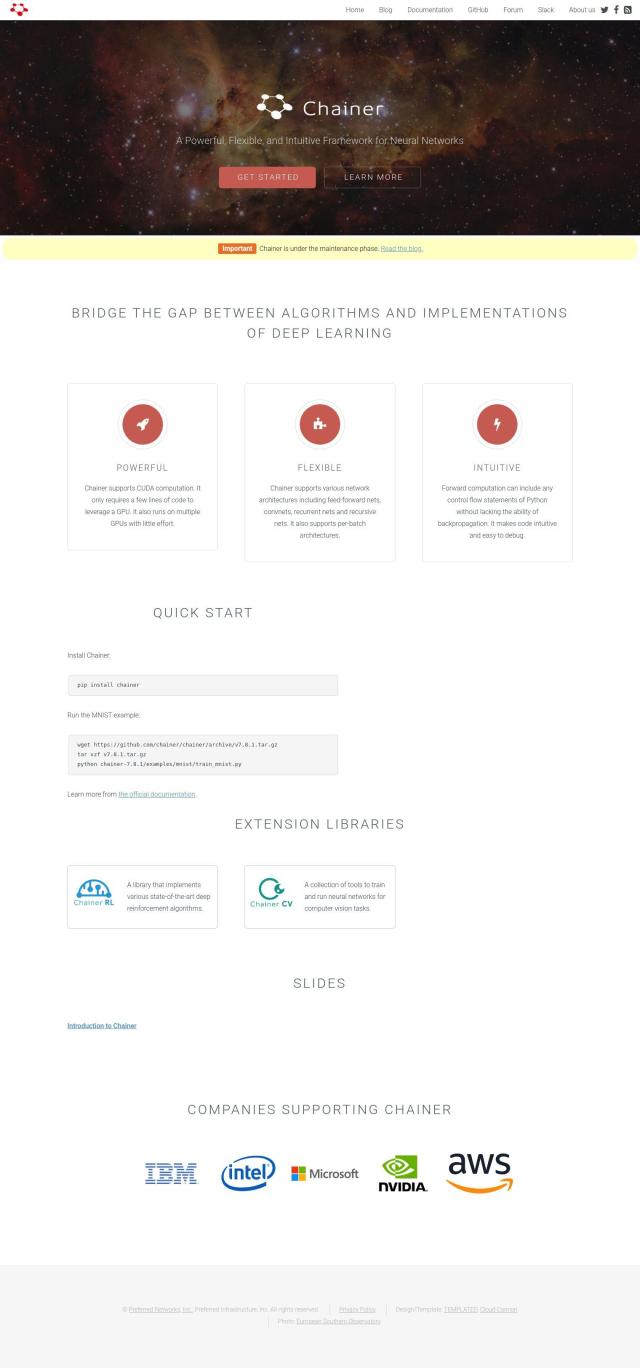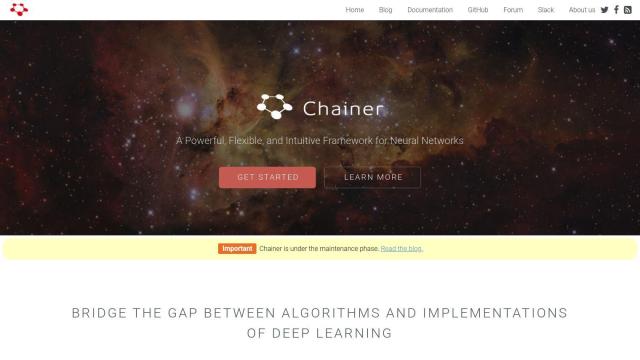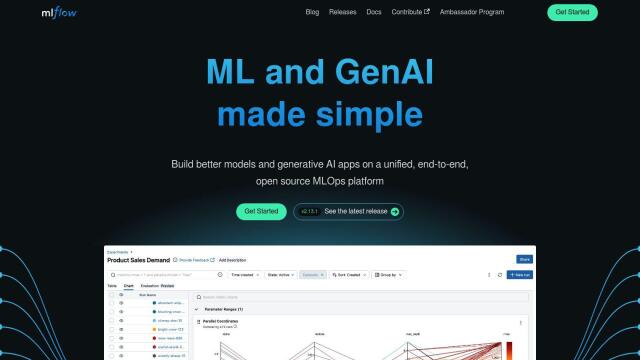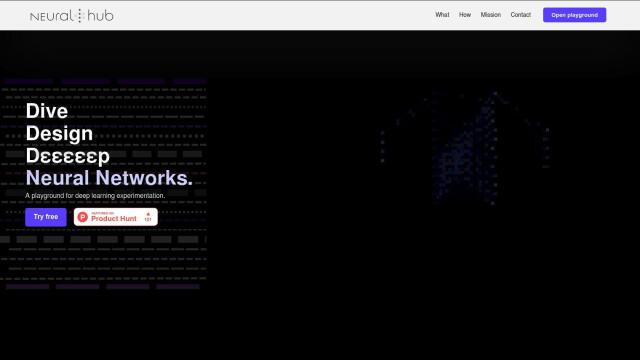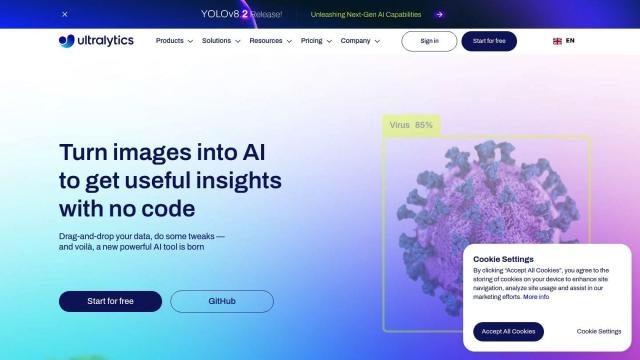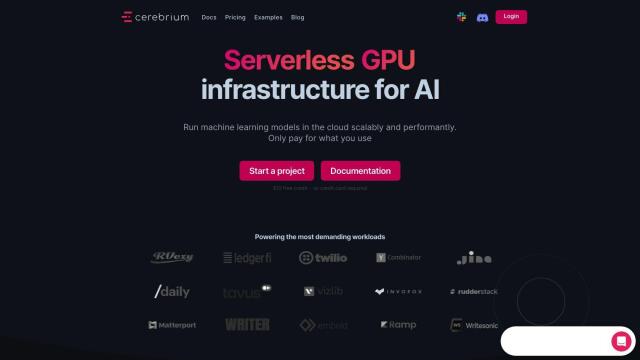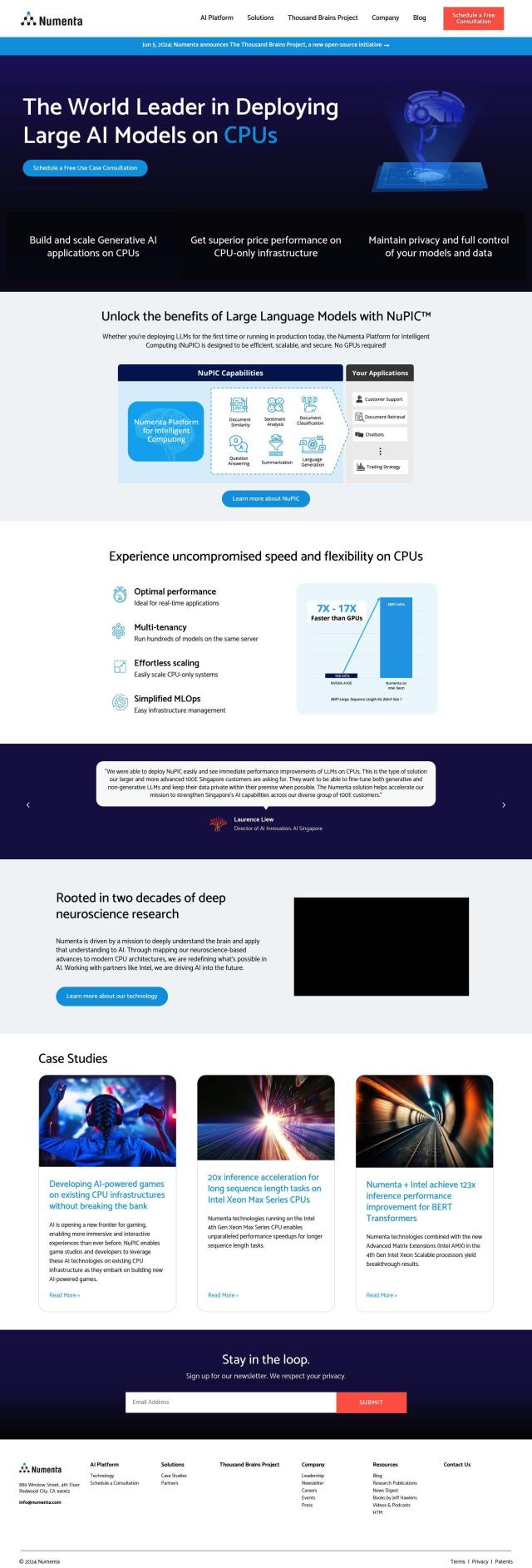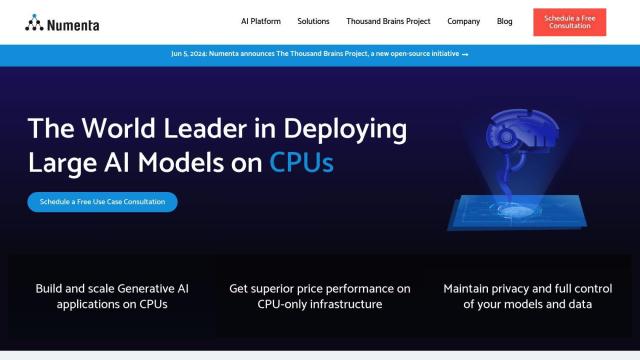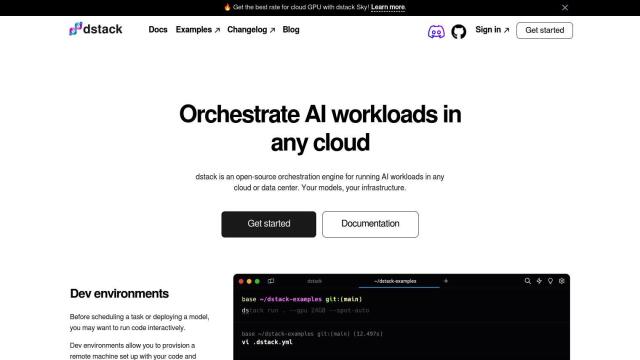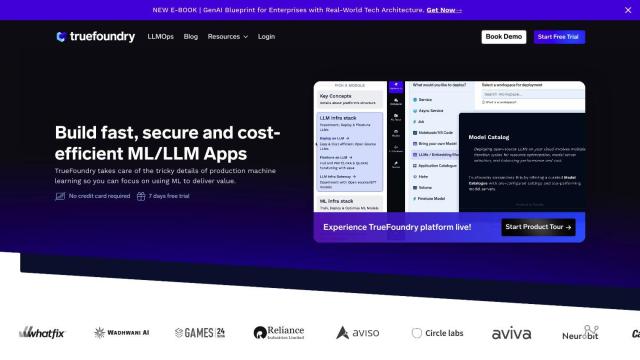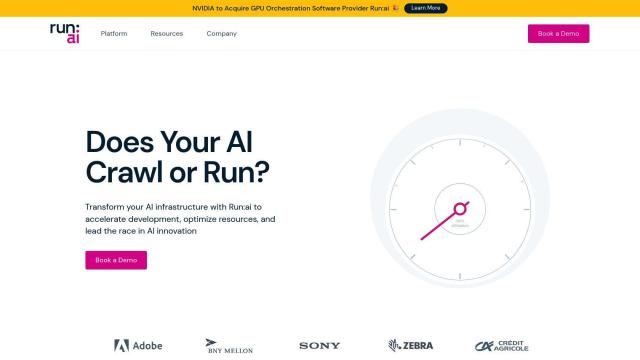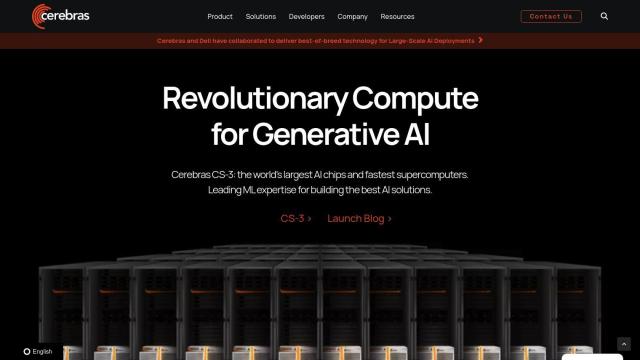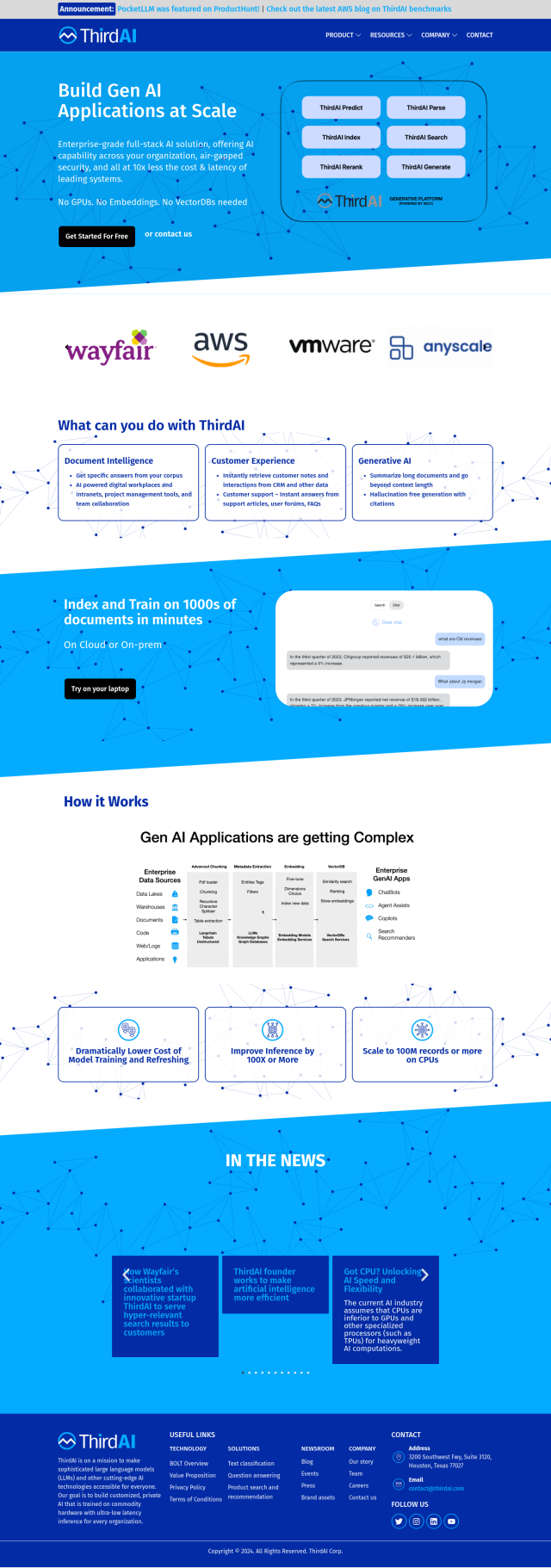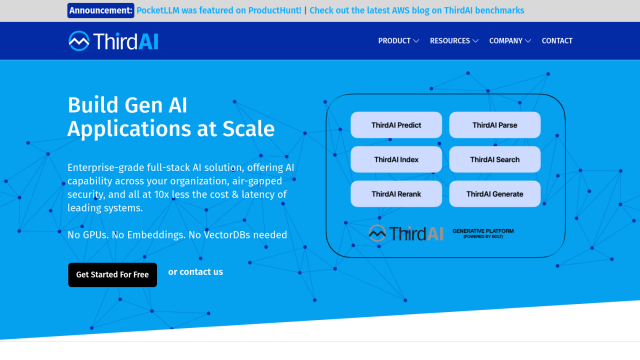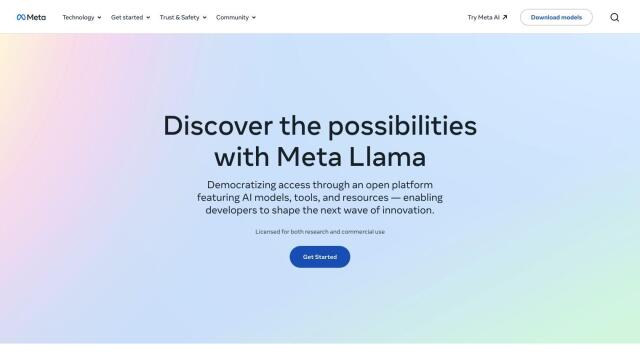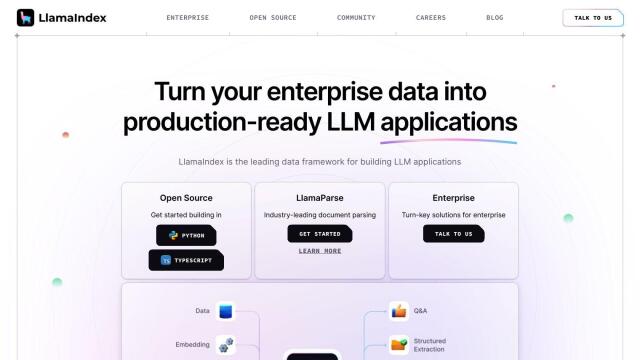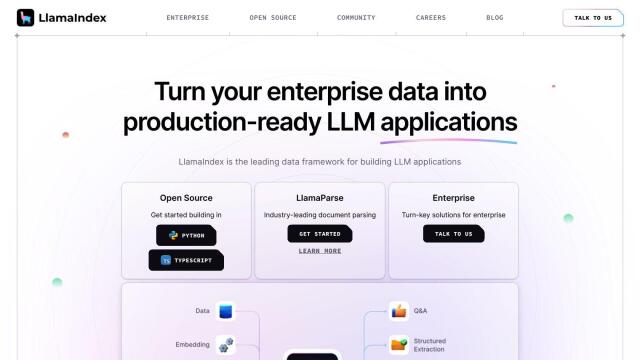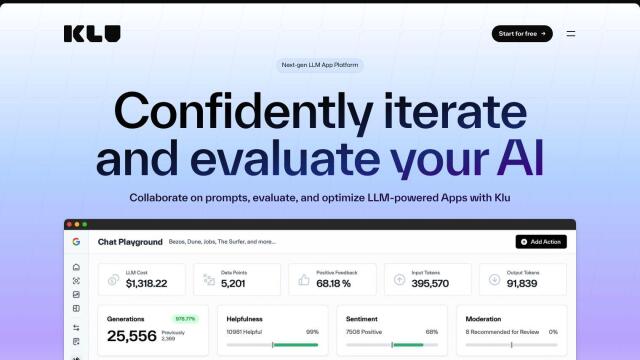Question: I'm looking for a lightweight and flexible framework for building and implementing deep learning models.

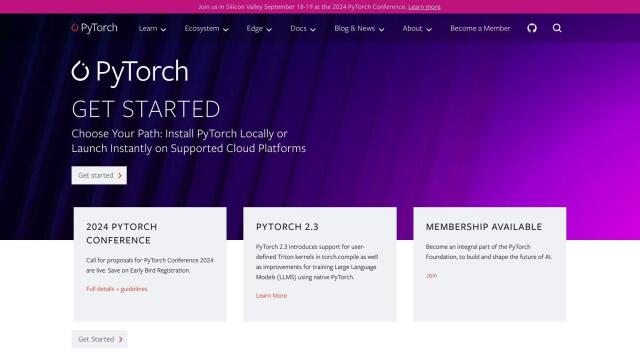
PyTorch
If you want a lightweight, flexible framework for training and deploying deep learning models, PyTorch is a good choice. PyTorch is fast for experimentation and has a good production pipeline. It can run in eager mode or graph mode with TorchScript, and you can easily switch between the two. It's also got scalable distributed training and a low-latency C++ frontend. It's also got a lot of supporting tools and libraries for computer vision, natural language processing and other tasks.

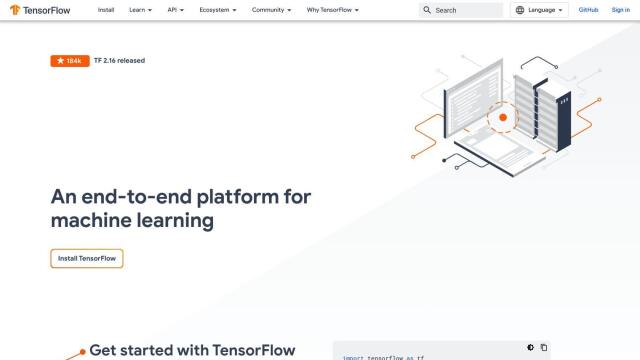
TensorFlow
Another top contender is TensorFlow, an open-source machine learning platform from end to end. TensorFlow offers a range of abstractions, including the high-level Keras API for building models and eager execution for rapid iteration. It also has distributed training abilities through its Distribution Strategy API, and tools for on-device machine learning and graph neural networks. TensorFlow is widely used across many industries, and there are many resources for beginners and experts.
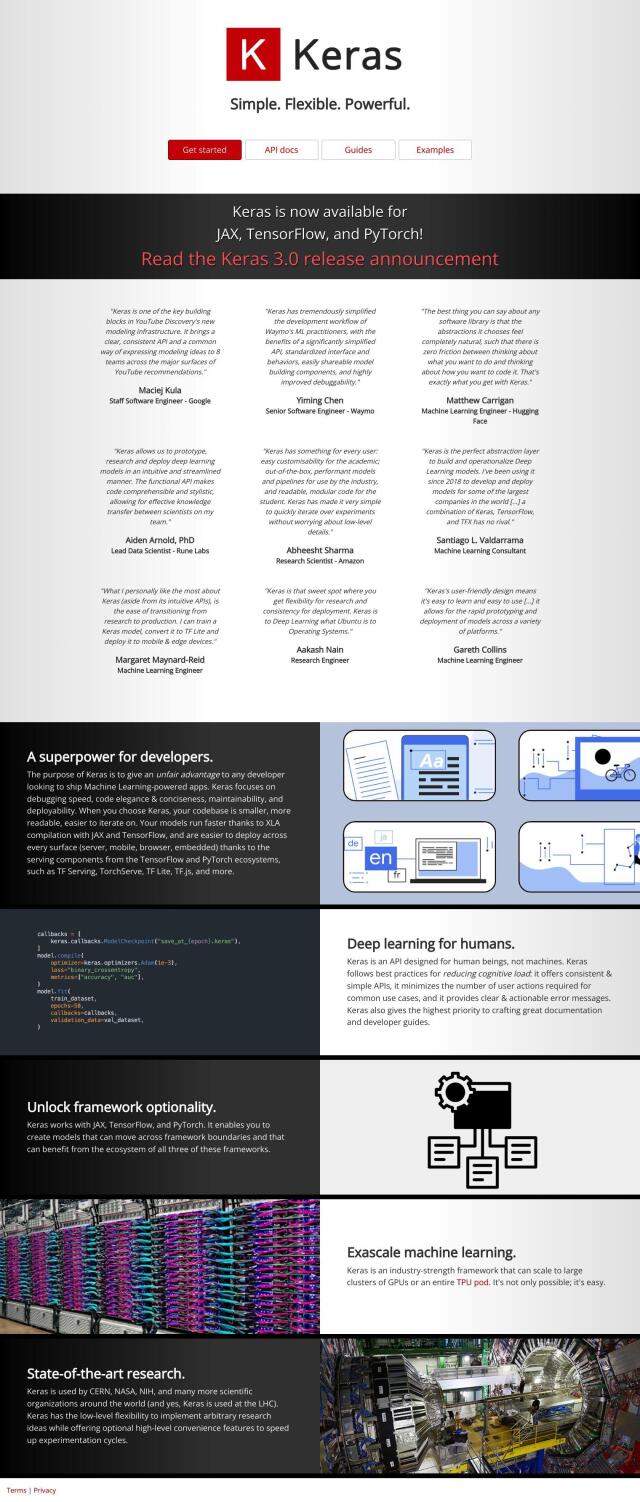
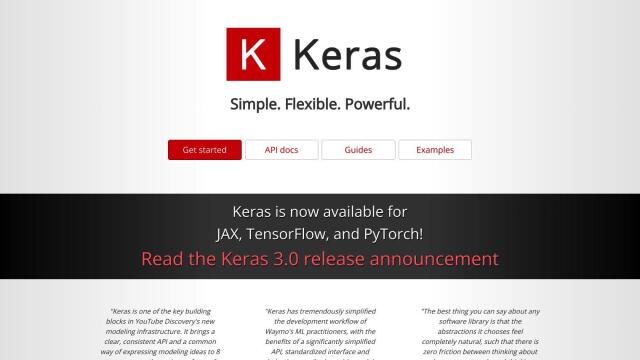
Keras
Keras is another fast framework that's designed to be fast, elegant and maintainable. It works with several backend frameworks like JAX, TensorFlow and PyTorch, so it's very flexible. Keras is designed to scale up or down for big or small machine learning tasks, and it's got lots of documentation and tutorials to get you started.


Hugging Face
If you want a big ecosystem with a focus on model sharing, Hugging Face has a big machine learning foundation. It's got more than 400,000 pre-trained models and 150,000 applications and demos, along with tools to explore datasets and build apps. It's also got community features and enterprise features like optimized compute options and private dataset management.
